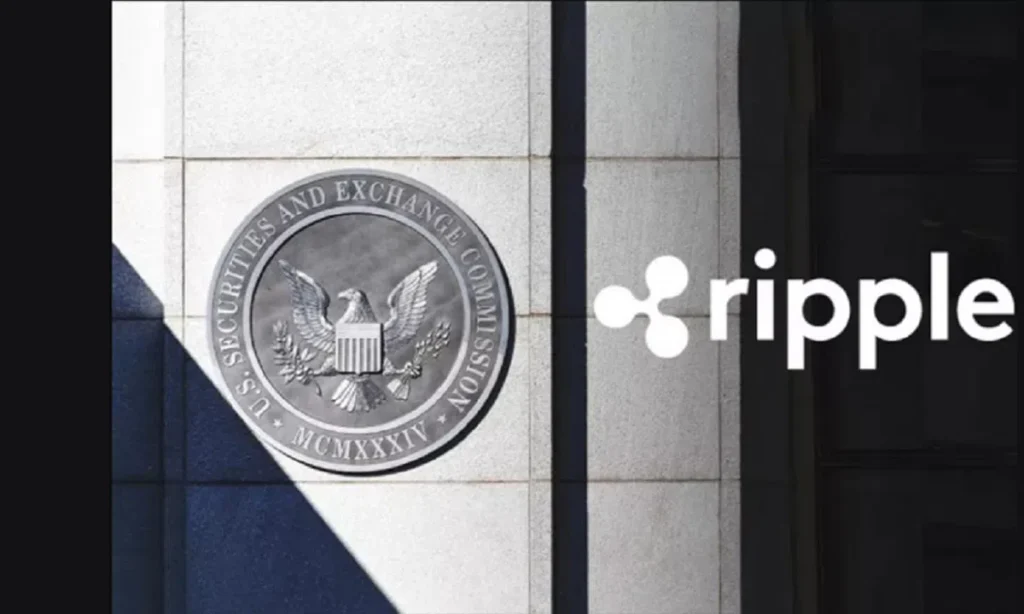Ripple now holds less than half of the total outstanding supply of XRP, dispelling concerns about the centralization of the token as it awaits the outcome of the SEC lawsuit.
The achievement was hailed as a milestone by Ripple in its latest market report. It detailed that the amount of XRP being held across the company’s various wallets was below 50 billion.
This amounts to exactly half of XRP’s total outstanding supply of 100 billion tokens. In Q3, Ripple’s total sales of XRP totaled at $310.68 million, down from $408.90 million the previous quarter.
The report refuted criticism that Ripple’s ownership of XRP constituted dominance over its XRP Ledger. It clarified that its unique consensus mechanism, which validates transactions and secures the network, enfranchises validators, who support the network, with a single vote.
This is entirely independent of how much XRP they happen to hold. According to the report, Ripple itself operates a mere four out of the over 130 validator nodes that make up the XRP ledger.
Ripple Labs CEO Brad Garlinghouse also marked the occasion as a milestone. He highlighted the outflows from Ripple’s wallets as a sign that customers are finding greater utility with the XRP Ledger.
Previous Manipulation Concerns
Issues surrounding manipulation of the token by Ripple leadership had been raised with a selloff from co-founder Jed McCaleb. McCaleb established Ripple Labs in 2012, before leaving two years later to start rival platform Stellar. For his contributions, the company issued him nine billion tokens, some 9% of the total supply.
McCaleb proceeded to sell his crypto over the course of the subsequent years, starting in 2014. Earlier this year, McCaleb concluded his prolonged selling spree, raking in a total of $3.14 billion in total.
Latest on the Ripple XRP vs SEC Lawsuit
Ripple’s market report also summarized the most recent developments in its ongoing lawsuit with the SEC. In Sept., both Ripple and the SEC filed motions for summary judgment. If approved, it would see a judge make a final ruling on the case, precluding it from going to trial.
The report also highlighted successfully petitioning the SEC for documents requested six times, that it felt would help its case.
This month, both parties then proceeded to file motions to reject the other’s summary judgment motion. To conclude, the report said that both parties would file reply briefs next month, and thereafter await the judge’s decision.
Disclaimer
All the information contained on our website is published in good faith and for general information purposes only. Any action the reader takes upon the information found on our website is strictly at their own risk.


